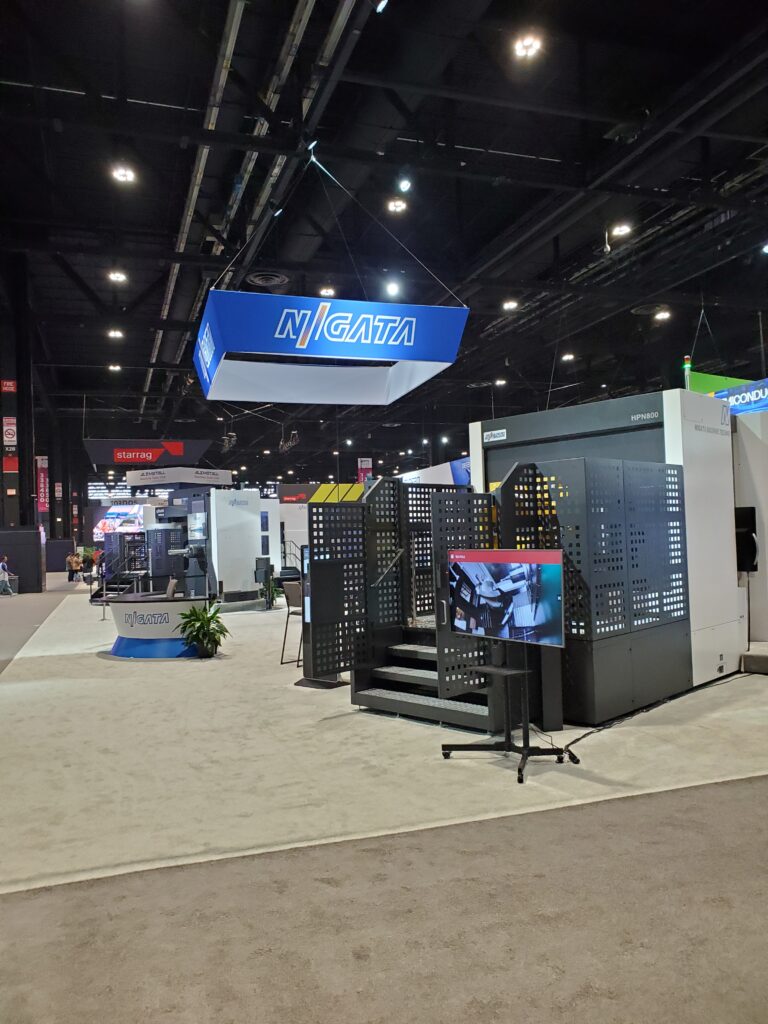[vc_row][vc_column width=”5/6″][vc_column_text]Effective December 1, 2015, the Federal Rules of Civil Procedure were amended. Most commentators have suggested that these amendments contain the most significant alterations to the discovery rules in more than two decades. The new rules will “govern in all proceedings in civil cases hereafter commenced and, insofar as practical, all proceedings then pending.” With the stated goal of moving cases along more quickly and making discovery, particularly electronic discovery, more effective, eleven of the rules have been modified. While some of the changes sought to clarify or simplify the rules, other changes were promulgated to address day-to-day discovery issues which most agree tend to make civil litigation extremely expensive. This article will attempt to highlight five of what this author considers to be the most significant changes in those discovery rules. However, every federal practitioner should become acquainted with each new and/or modified rule.[/vc_column_text][vc_column_text]
- Proportionality in Discovery Under Rule 26.While the courts for several years have referred to a “proportionality test” when addressing discovery issues, prior to the 2015 amendments, the actual phrase “proportionality” appeared nowhere in the federal rules. With the amendment to Federal Rule of Civil Procedure 26(b)(2)(C)(iii), proportionality is now made part of the definition concerning the scope of discovery. As amended Rule 26(b) states:”Unless otherwise limited by court order, the scope of discovery is as follows: Parties may obtain discovery regarding any nonprivileged matter that is relevant to any party’s claim or defense and proportional to the needs of the case, considering the importance of the issues at stake in the action, the amount in controversy, the parties’ relative access to relevant information, the parties’ resources, the importance of the discovery in resolving the issues, and whether the burden or expense of the proposed discovery outweighs its likely benefit. Information within this scope of discovery need not be admissible in evidence to be discoverable.”Prior to this amendment, any argument that the proposed discovery request “outweighed its likely benefits” had to be made by motion of the party or the court’s own motion. As modified, the rule now makes it the obligation of the parties to consider proportionality factors in making discovery requests, responses or objections.
- Modifications to Rule 34(b)(2) Concerning Responses to Document Requests.Under the amended Federal Rule of Civil Procedure 34(b)(2)(B), any party objecting to a document request will be required to state the objection with specificity. While previously Rule 33(b)(4) had required such specific objections in reference to interrogatories, there was no such parallel requirement in Rule 34 concerning document requests.Quite often a responding party would produce certain requested documents, but then provide a statement indicating “investigation continues as to other documents.” This often led to discovery disputes and discovery motions being filed. The revised Rule 34(b)(2)(B) requires that the “production must then be completed no later than the time for inspection specified in the request or another reasonably time specified in the response.”Another common production request response would be where a party objects to a request, but then indicates without waiving the objection identified above, plaintiff/defendant agrees to produce certain documents. Such a response leaves open whether there were other documents which were being withheld from production. The revisions to Rule 34(b)(2)(C) now require that the responding party state whether documents are being withheld on the basis of an objection.
- The Time Period for Serving Document Requests Pursuant to Rule 26(d).Under the new rules, document requests can be served 22 days after the Complaint and Summons are served, but before any party has answered. Under the previous version of Rule 26(d), the party could not serve discovery requests until after the Rule 26(f) conference had been completed. Many practitioners are concerned that this amendment will allow discovery to commence prior to the parties being at issue on the pleadings.
- Modifications to Rule 26 Relating to the Shifting of Expenses and the Costs of Complying with Discovery.While courts had routinely interpreted the prior Rule 26(c)(1) to provide implicit authority to shift expenses to protect a party from “undue burden or expense” in responding to discovery, Rule 26(c)(1) (B) now includes express authority to condition discovery through an order “specifying terms, including time and place or the allocation of expenses, for the disclosure of discovery.”
- Standardized Sanctions for Failure to Preserve Electronically Stored Information.Prior to the modifications in Rule 37(e), federal courts throughout the country had established significantly varying standards in sanctioning parties who failed to preserve discoverable electronically stored information. For example, the Seventh Circuit ruled in Faas v. Sears, Roebuck & Co., 532 F.3d 633, 644 (7th Cir. 2008) that an adverse inference instruction could be imposed only when a party intentionally destroyed documents in bad faith for the purpose of hiding adverse information. On the other end of the spectrum, the Second Circuit in Residential Funding Corp. v. DeGeorge Fin. Corp., 306 F.3d 99 (2d Cir. 2002), has ruled that discovery sanctions, including an adverse inference instruction, could be imposed on a party who breached discovery obligations through ordinary negligence.Many practitioners concerned with the varying standards often times cause their clients to spend excessive time, money and resources on ESI preservation to avoid the risk of severe sanctions.The newly revised Federal Rule of Civil Procedure 37(e) appears to follow the Seventh Circuit less onerous approach which states, in part:
“If electronically stored information that should have been preserved in the anticipation or conduct of litigation is lost because a party failed to take reasonable steps to preserve it, and it cannot be restored or replaced through additional discovery, the court:
- (1) upon finding prejudice to another party from loss of the information, may order measures no greater than necessary to cure the prejudice; or
- (2) only upon finding that the party acted with the intent to deprive another party of the information’s use in the litigation may:
- (A) presume that the lost information was unfavorable to the party;
- (B) instruct the jury that it may or must presume the information was unfavorable to the party; or
- (C) dismiss the action or enter a default judgment.
Of particular importance is the fact that this revised new rule applies only to electronically stored information. The circuits are free to follow their own standards regarding preservation of other types of evidence.
[/vc_column_text][vc_column_text]In Conclusion
While change is never easy, hopefully the New Rules which address discovery issues can allow the parties to expedite the resolution of their cases.[/vc_column_text][/vc_column][vc_column width=”1/6″][/vc_column][/vc_row]





